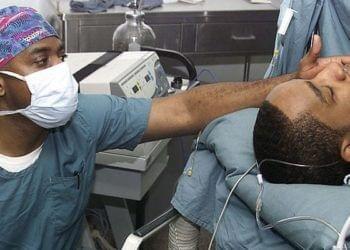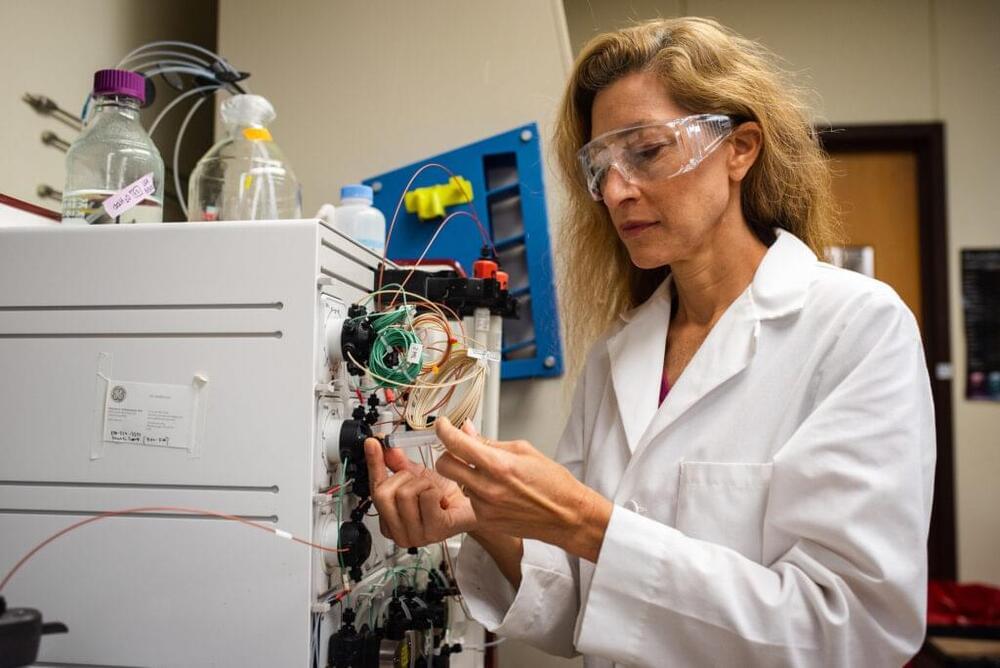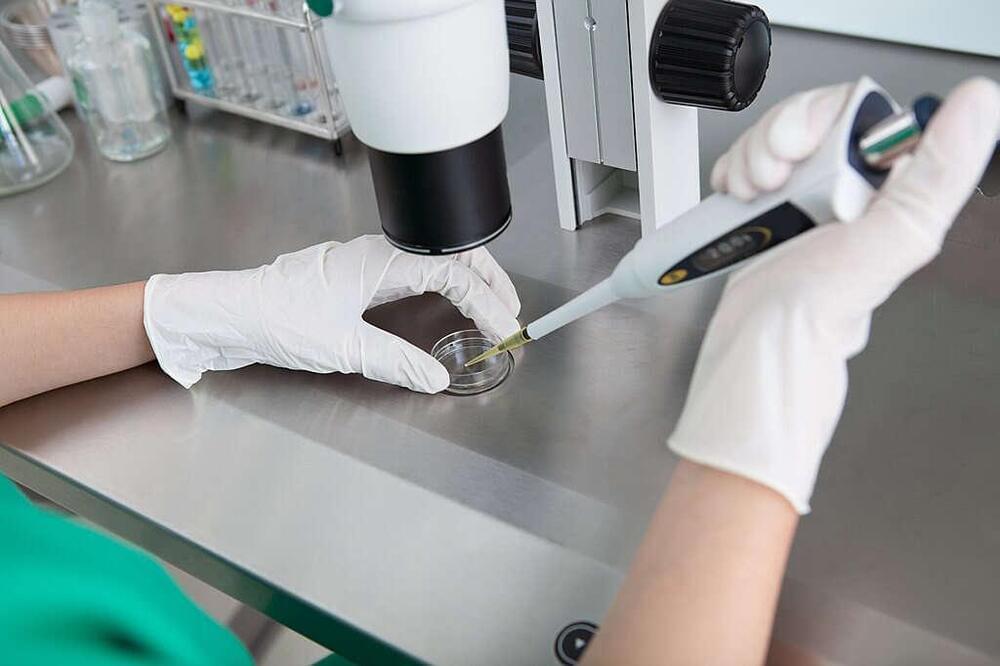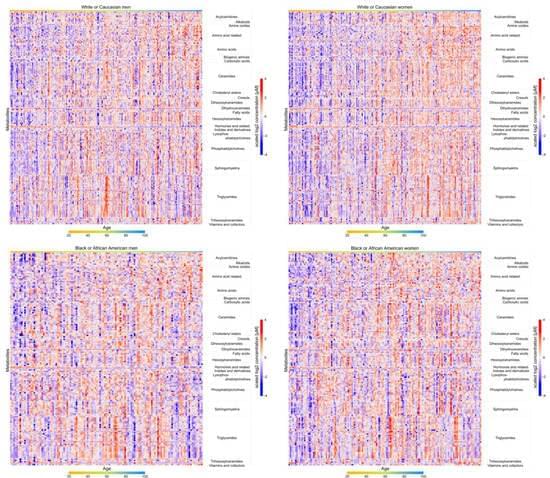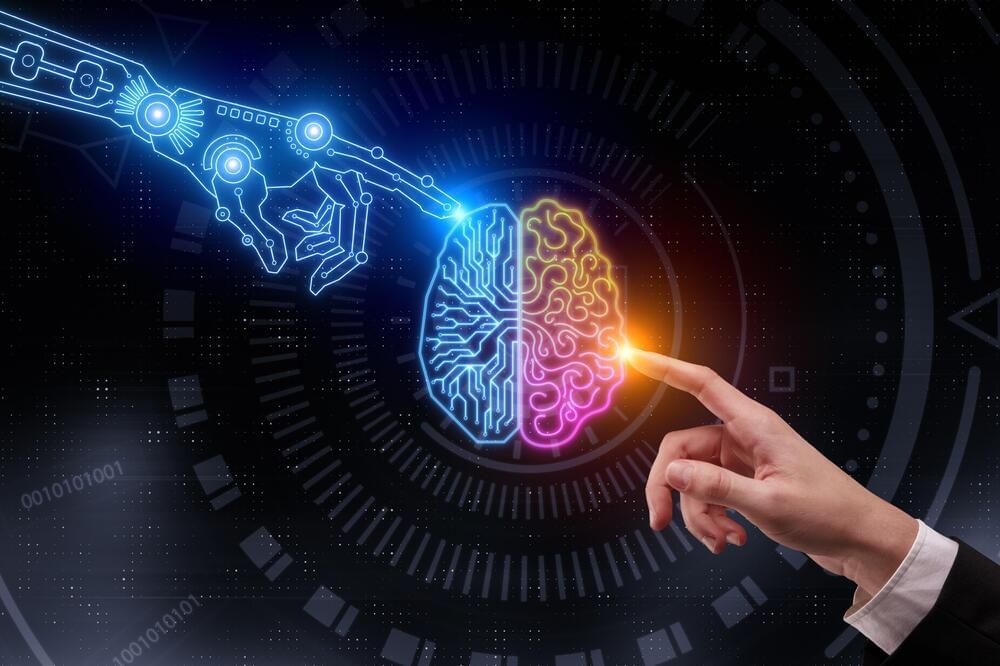Multiple people were killed and more than 30 others injured in large crashes involving up to 90 vehicles on Interstate 55 in south-central Illinois during a dust storm, authorities said Monday afternoon.
According to Illinois State Police, multiple fatalities were reported with the crashes, but an exact number remained unclear. At least 30 others, ranging in age from 2 to 80 years old, were taken to area hospitals. Their conditions weren’t immediately known.
Authorities said they were still conducting additional searches through the vehicles involved, which included an estimated 30 commercial vehicles and 40 to 60 passenger cars. The biggest challenge, according to Illinois State Police Major Ryan Starric, the biggest challenge was trying to get to victims quickly.


